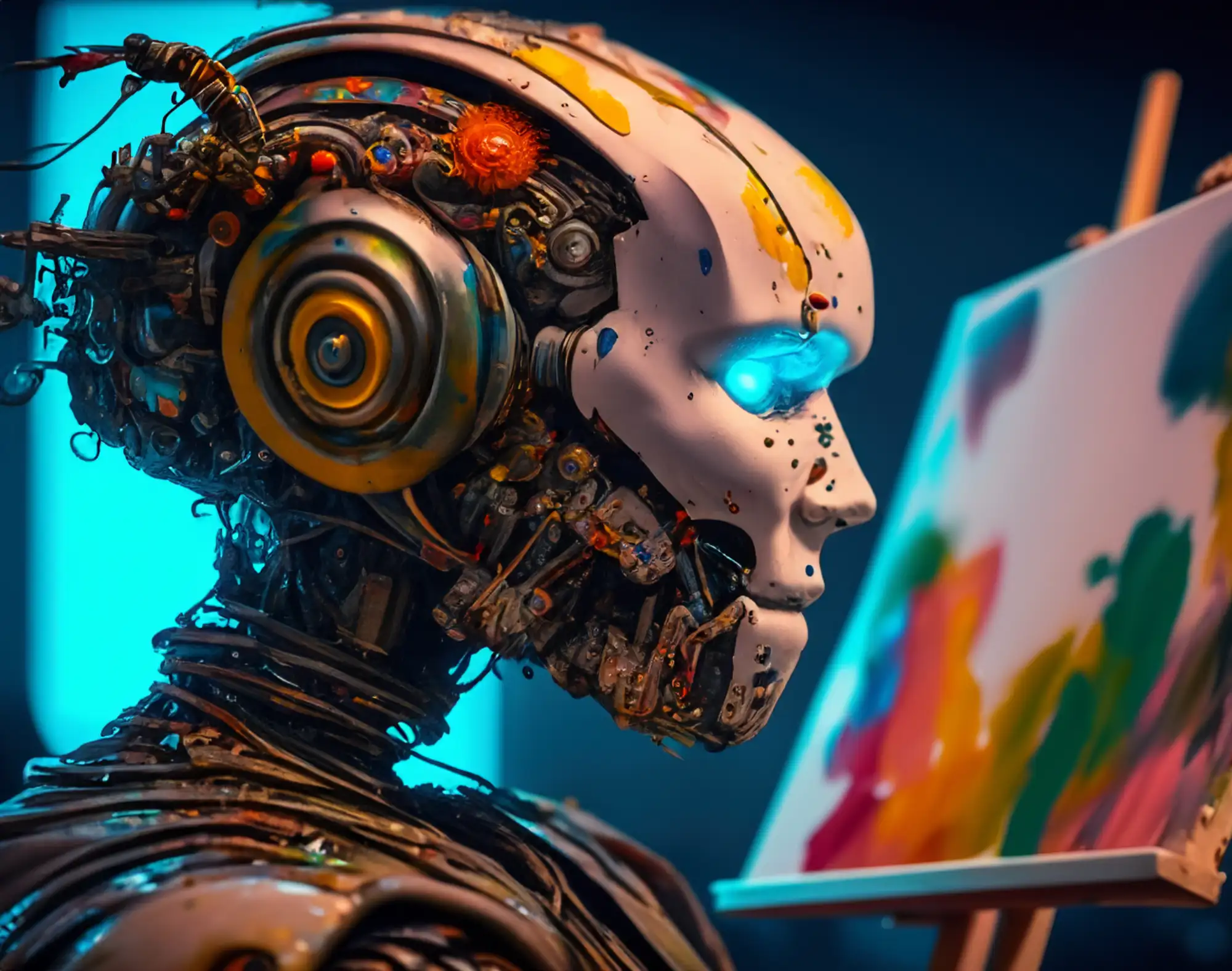What is Dall-E?
Dall-E (pronounced Dall-i) is a generative artificial intelligence technology that enables users to create new images from text to graphic instructions. Functionally speaking, Dall-E is a neural network that generates new images in many different styles according to the user’s instructions.
The name Dall-E is a nod to two central themes in technology. The first part, “DALL”, evokes the famous Spanish surrealist artist Salvador Dali. The second, “E”, refers to Disney’s fictional robot, Wall-E. Together, these names reflect the abstract and surreal illustrative power of this automated technology.
Developed by OpenAI, Dall-E was launched in January 2021. It relies on deep learning models and the GPT-3 linguistic model to understand natural language instructions and generate new images.
How does Dall-E work?
Dall-E uses a variety of technologies, including Natural Language Processing (NLP), Large Language Models (LLM) and Diffusion Processing.
Based on a subset of LLM GPT-3, Dall-E optimizes the use of 12 billion parameters for image generation. Like GPT-3, it uses a “transform” neural network to create and understand links between different concepts.
The approach used for Dall-E was originally detailed by OpenAI researchers under the name “Zero-Shot Text-to-Image Generation”. The Zero Shot concept enables the model to execute a task using pre-existing knowledge.
To validate Dall-E’s ability to generate images correctly, OpenAI has also developed the CLIP model. The latter has been trained on 400 million labeled images and is used to evaluate the images produced by Dall-E.
Potential uses for Dall-E
Thanks to its generative nature, Dall-E offers a multitude of possible applications:
- Creative inspiration: Dall-E can help stimulate creativity.
- Entertainment: Dall-E images can be used to enhance books or video games.
- Education: Teachers can use Dall-E to illustrate various concepts.
- Advertising and marketing: Creation of unique images for innovative campaigns.
- Product design: Quick visualization of new designs from a simple text.
- Art: Creation of original works of art for the general public.
- Fashion design: Help with the design of new fashion items.
Dall-E benefits
- Speed: image generation in record time.
- Personalization: Creation of customized images from text instructions.
- Accessibility: Intuitive to use, no special skills required.
- Extensibility: Modification and remixing of existing images.
- Iteration: Rapid production of multiple variants of an image.
Dall-E limitations
- Copyright: image ownership issues.
- Legitimacy of generated art: Debates on the place of AI in artistic creation.
- Data set : Limitations related to the amount of training data.
- Realism: Variable quality of generated images.
- Context: Need for precise instructions to obtain the desired images.
How much does Dall-E cost?
Dall-E is accessible to both individuals and developers wishing to integrate this technology. OpenAI has introduced a credit system to measure Dall-E use. In April 2023, 115 credits cost $15. The cost also varies according to image size for developers using the API.
Dall-E evolution
Dall-E 2, launched in April 2022, represents a significant improvement on its predecessor. Whereas the original Dall-E used a dVAE, Dall-E 2 relies on a broadcast model to produce higher-quality images. With Dall-E 2, images can have four times the resolution of those produced with Dall-E 1. What’s more, it offers improvements in terms of speed and image size capacity.
In conclusion, Dall-E is a major technological breakthrough in the field of generative AI. By combining art and technology, it opens up new perspectives in many sectors, from art and design to education and marketing.

